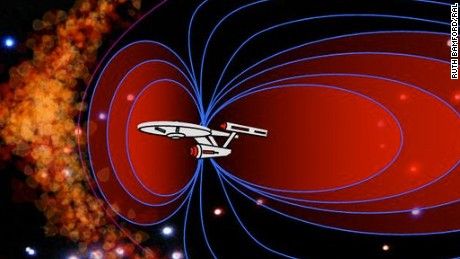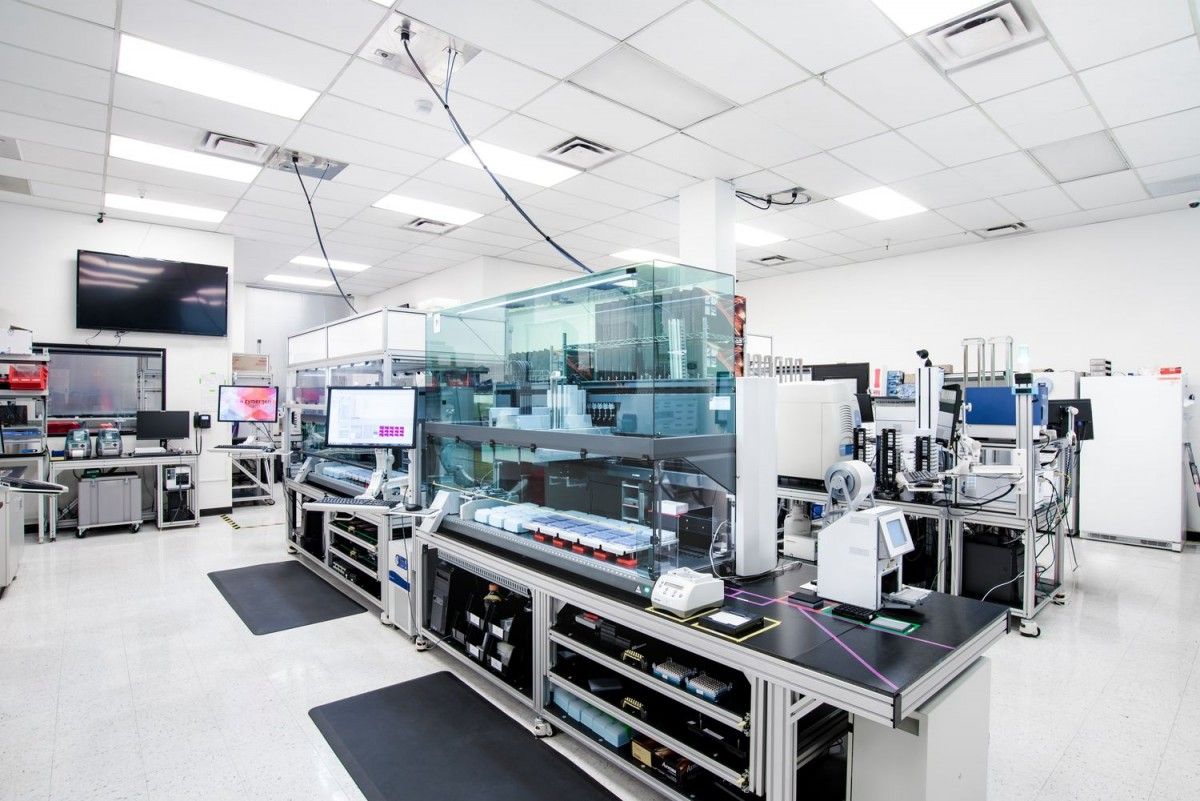Page 10792
Oct 11, 2016
Deep space: Can we beat the physics?
Posted by Shane Hinshaw in categories: physics, space
With current technology it would take nearly 80,000 years to reach the nearest star system. What new technologies might helps us get closer?
Oct 11, 2016
Two space agencies will attempt an historic landing on Mars next week
Posted by Shane Hinshaw in category: space travel
The European Space Agency has teamed up with Russia’s Roscosmos program to land a spacecraft on Mars on Wednesday, October 19.
If they stick the landing, they’ll join NASA as the only space agencies in history to successfully land a spacecraft on Mars. And that will only be the beginning — the lander will then start a whole new quest to search for signs of life on the Red Planet.
If the landing is a success, it will actually see the agencies put one spacecraft up into Mars’s atmosphere, and one onto its surface, giving scientists a rare opportunity to record conditions above and below the planet simultaneously.
Continue reading “Two space agencies will attempt an historic landing on Mars next week” »
Oct 11, 2016
Scientists just used stem cells from one monkey to heal the hearts of five others
Posted by Shane Hinshaw in category: biotech/medical
Scientists in Japan have used cardiac muscle cells derived from the stem cells of a macaque to mend the damaged hearts of five other monkeys.
The technique shows that using donor stem cells might one day be a viable way to regenerate the organs of human heart attack patients – an approach that could dramatically reduce the time and expense of developing individualised stem cell treatments.
While using stem cell therapy to treat conditions like heart problems isn’t new, the technique usually involves cultivating stem cells taken from the patient themselves – which can be very expensive.
Oct 11, 2016
Project Blue: Private Space Telescope to Hunt for Alien Earth at Alpha Centauri
Posted by Klaus Baldauf in category: alien life

A new project would put a space telescope into orbit with eyes on our neighbor, Alpha Centauri, to search for an Earth-like planet.
Oct 11, 2016
First in Orbit! Russian ‘Spotty the Spacebot’ Joins ISS Crew (VIDEO)
Posted by Klaus Baldauf in category: robotics/AI
Russia’s largest social network Vkontakte together with the Russian space agency Roscosmos is preparing to launch the first-ever spacebot named Spotty to the International Space Station.
The capsule containing the spacebot – a chat bot called Spotty developed by Vkontakte – is expected to be delivered to the space station in March 2017 by Roscosmos cosmonaut Fyodor Yurchikhin.
With the help of Spotty, Vkontatke users will be able to communicate with cosmonauts and astronauts aboard the ISS in real time and receive photos and videos from them, while a built-in projector can playback the content sent from Earth.
Continue reading “First in Orbit! Russian ‘Spotty the Spacebot’ Joins ISS Crew (VIDEO)” »
Oct 11, 2016
HoloBeam — The Future of Connectivity is Here
Posted by Klaus Baldauf in categories: augmented reality, internet
“Help Me, Obi-Wan Kenobi. You’re My Only Hope!”
Valorem has another HoloLens release this week — it is truly out of this world! Watch a video here.
Do you remember that aha moment, when you saw Princess Leia projected as a hologram from R2-D2’s holographic projector? From science fiction of yesteryear to today, the crew at Valorem has been working on an innovative telepresence technology that is becoming a reality! We have produced a holographic streaming technology, which allows the likeness of a person to be captured using a stereoscopic camera as 3D point cloud data. The point cloud data is then streamed or “beamed” (for you Trekkies out there), across the Internet. The holographic stream is decoded and rendered via Microsoft HoloLens, providing a shockingly good representation of the sender’s likeness.
Oct 11, 2016
Brexit for Transhumanists: A Parable of Getting What You Wish For
Posted by Steve Fuller in categories: governance, government, human trajectories, humor, life extension, Ray Kurzweil, transhumanism
For the past two years, Zoltan Istvan has been campaigning for the US presidency on the Transhumanist Party, a largely one-man show which nevertheless remains faithful to the basic tenets of transhumanism. Now suppose he won. Top of his policy agenda had been to ensure the immortality of all Americans. But even Zoltan realized that this would entail quite big changes in how the state and society function. So, shortly after being elected president, he decides to hold a national referendum on the matter.
The question on the ballot is one that makes the stakes crystal clear: ‘The government shall endeavour to release all Americans from the constraints of mortality’. Zoltan liked this way of putting things because were he to lose to the referendum, which he half-presumed, the opportunity to air publicly the relevant issues would continue to shift naysayers in Congress to increase funding for broadly anti-death research and treatments — a step in the right direction, as far as he’s concerned.
Zoltan also liked the idea that the referendum effectively ‘rotated the political axis’, from left-right to up-down, a turn of phrase he picked up from some philosopher whose name he couldn’t remember. But this also meant that the ensuing campaign, which was fierce, attracted a motley crew of supporters on both sides.
The ‘Remainers’ (as the anti-immortalists call themselves) were composed of a mix of traditional religious believers, environmental activists and hard-headed sceptics who distrust all transcendental hype, whether it comes from religion or science. In other words, those who wanted us to remain in our normal bodies held that our fate either is confined to our current circumstances or requires that we remain in those circumstances in order for something better to happen post mortem. The stakes were so high that even the Pope was called out to argue the case, which of course he was more than happy to do, Obama-style.
Continue reading “Brexit for Transhumanists: A Parable of Getting What You Wish For” »
Oct 10, 2016
Stable molecular state of photons and artificial atom discovered
Posted by Shane Hinshaw in categories: particle physics, quantum physics
Researchers at the National Institute of Information and Communications Technology, in collaboration with researchers at the Nippon Telegraph and Telephone Corporation and the Qatar Environment and Energy Research Institute have discovered qualitatively new states of a superconducting artificial atom dressed with virtual photons.
The discovery was made using spectroscopic measurements on an artificial atom that is very strongly coupled to the light field inside a superconducting cavity. This result provides a new platform to investigate the interaction between light and matter at a fundamental level, helps understand quantum phase transitions and provides a route to applications of non-classical light such as Schrödinger cat states.
It may contribute to the development of quantum technologies in areas such as quantum communication, quantum simulation and computation, or quantum metrology.
Continue reading “Stable molecular state of photons and artificial atom discovered” »
Oct 10, 2016
Why SoftBank Just Led A $130 Million Mega Round Into Zymergen’s Microbe-Creating Robots
Posted by Shane Hinshaw in categories: biotech/medical, government, robotics/AI
SoftBank is pouring a massive $130 million funding round into the science fiction-invoking robots at Zymergen, which creates new microbes for corporations and government agencies.
















